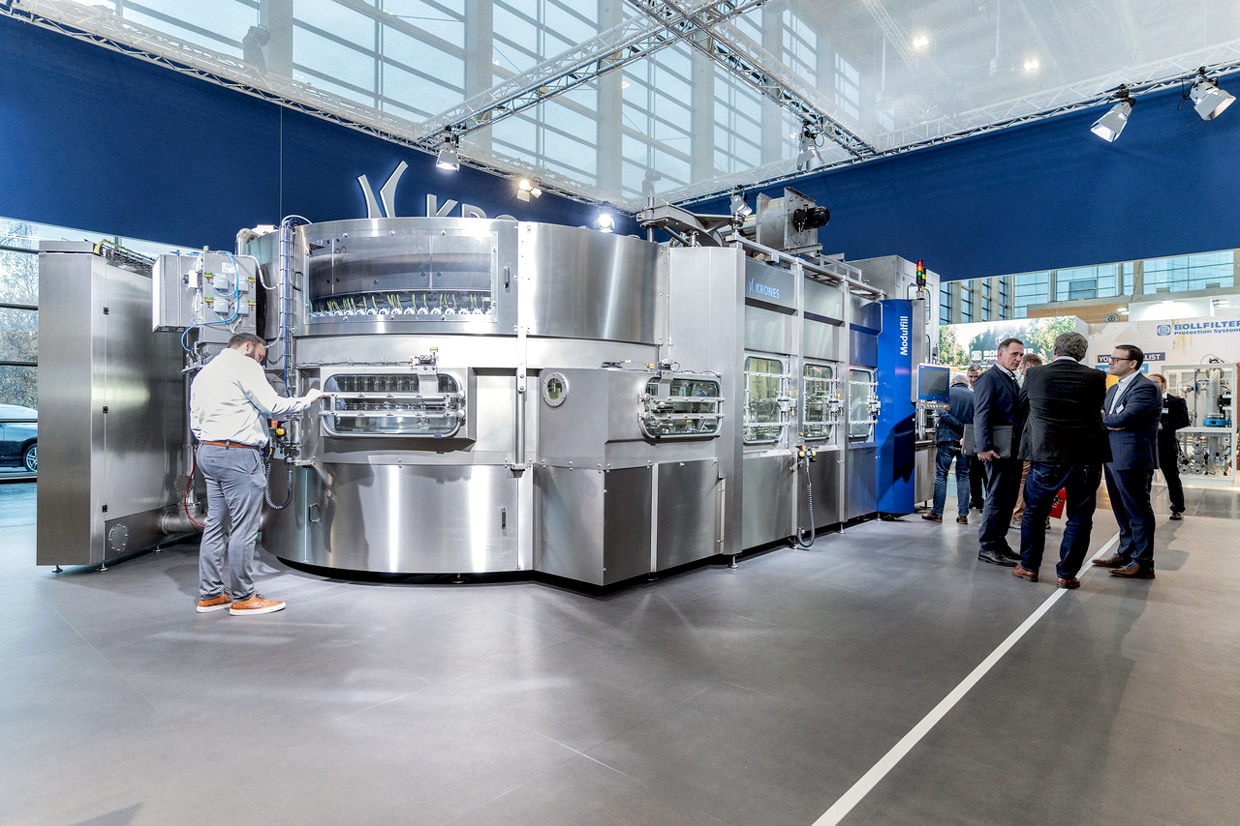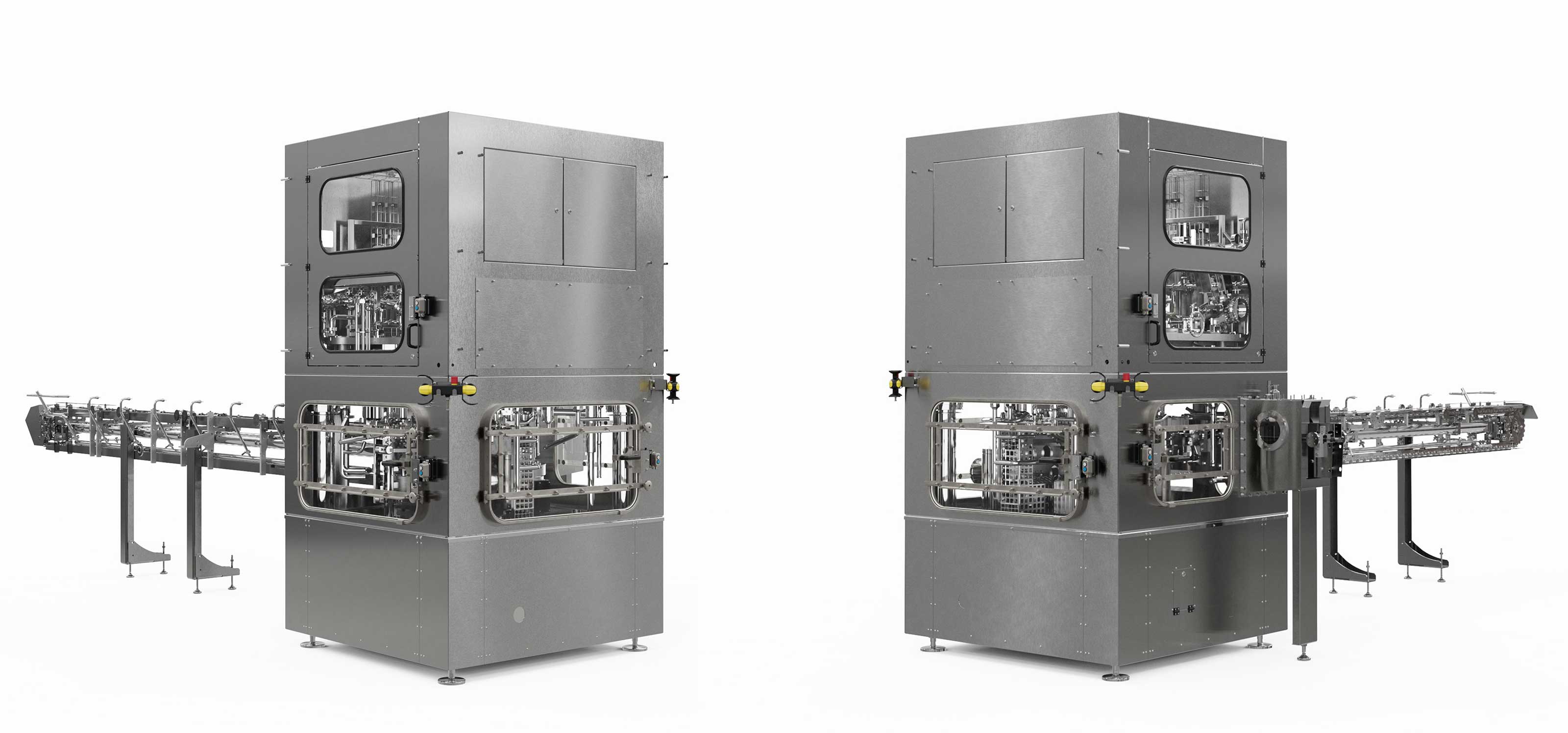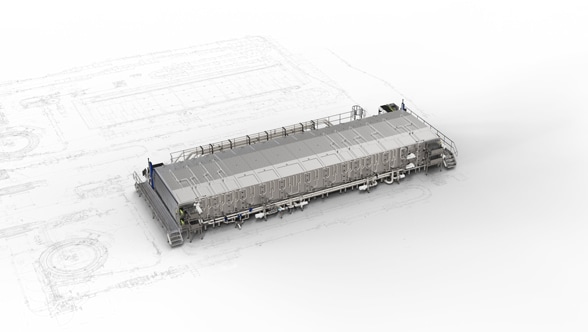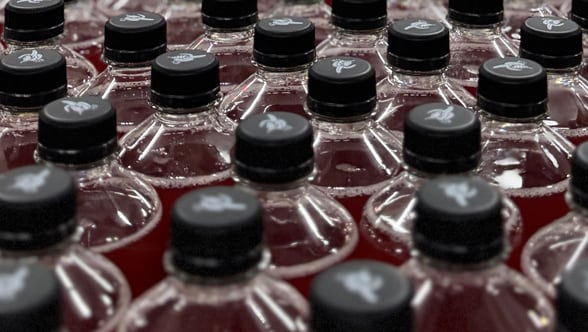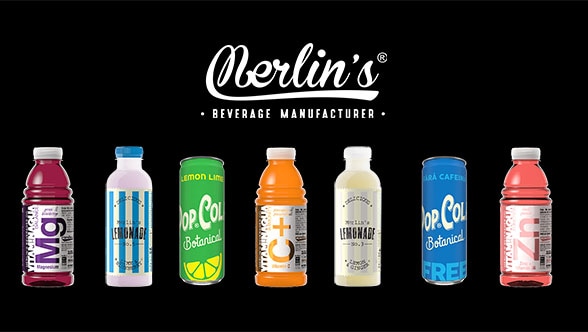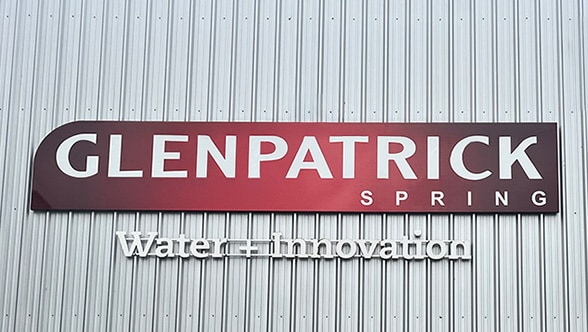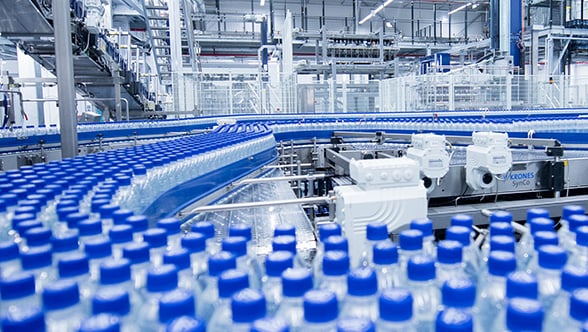Can sealing centres around what is known as the double fold process, in which the cover and the can body are folded together mechanically in a number of steps, with five material layers in total having to engage precisely in each other. This seam must be absolutely tight if the product is to be protected from contamination or oxidation. For the customer, the sealing process is a critical part of the line performance, because this is where the most important quality parameters of the end product are largely determined.
The market wants it – and Krones supplies it
On top of this is the high mechanical stress to which the components are exposed due to the enormous number of cycles. A can seamer, then, must be not only precise, but also extremely robust and require as little maintenance as possible. It also needs to meet elevated standards of hygiene and cleaning. These requirements are nothing new in principle – Krones has been meeting them in practice with the Modulseam since as far back as 2017. This is primarily used in the filler-capper block known as the Modulfill Bloc FS-C. Krones didn’t develop it purely in order to meet the existing market requirements, though, but also to generate further added value for customers.

